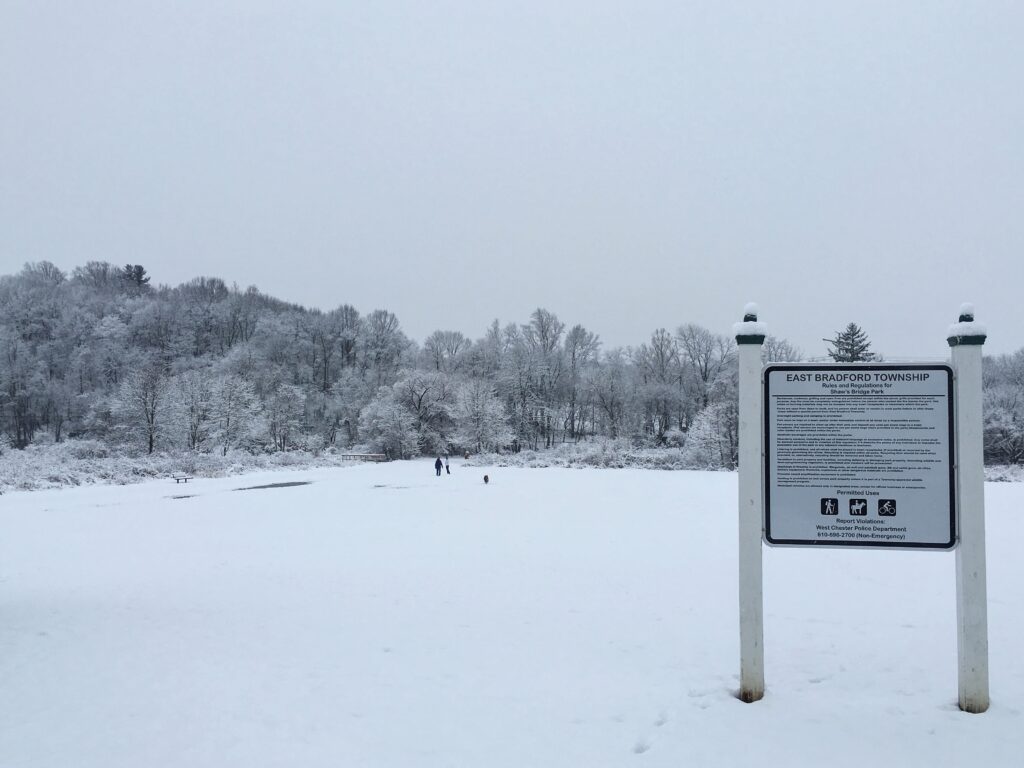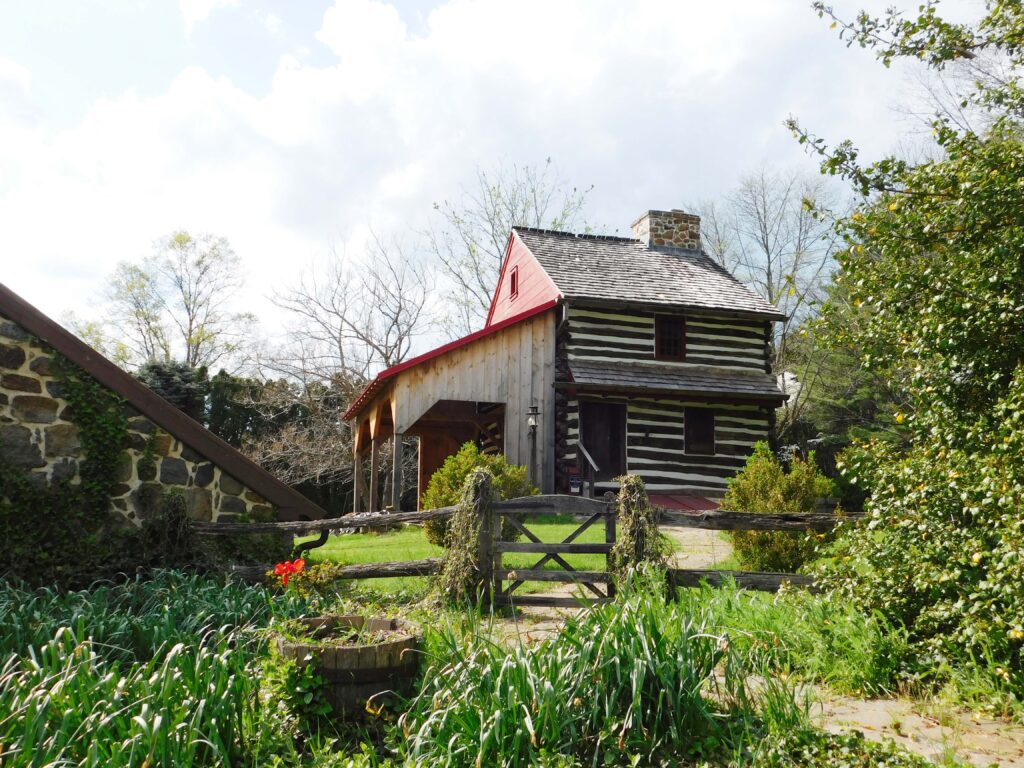It’s no secret that things that are vital to our livelihoods — housing, industry and infrastructure development — impact wildlife habitat and open space values. To address this, developers are often required to permanently protect similar habitat through mitigation and a conservation easement, which is how NALT was able to help save the Delmarva fox squirrel in the Chesapeake Bay region of Maryland. To date, NALT has protected well over 1,000 acres that offset habitat, wildlife or nutrients that have been negatively affected by construction and industry. Now we are extending our abilities to help companies restore and reduce the damage to wetlands and streams through mitigation banking and conservation easement protections.
Just like a land trust, mitigation banking doesn’t have anything to do with financial banks. So what exactly is mitigation banking then? Let’s go straight to the source; the EPA defines a mitigation bank as, “a wetland, stream, or other aquatic resource area that has been restored, established, enhanced, or (in certain circumstances) preserved for the purpose of providing compensation for unavoidable impacts to aquatic resources permitted under Section 404 or a similar state or local wetland regulation.”
To put it simply, mitigation banking is a system of credits and debits used to offset any damage caused to the environment. After purchasing an environmentally damaged site, the individual or entity (called the mitigation banker or sponsor) that restores it can use mitigation credits as its assets to ultimately sell to others wanting to offset mitigation debits. It’s up to an inter-agency review team comprised of federal and state agencies to determine the number of mitigation credits permitted, as well as the maintenance and monitoring requirements of the bank site. This is where NALT comes in. If the review team requires a conservation easement to protect the land, and/or the owner elects a land trust as the long-term steward at the bank closure, NALT can complete the job to the satisfaction of the review team. At the end of the day, mitigation banking ensures that there is no net loss of wetlands.
This concept first came about in 1972 under the Clean Water Act, which required compensation for certain impacts to wetlands, streams, coastlines and other aquatic systems. However, it wasn’t until 1993 that mitigation banking really took off, thanks to the efforts of the Clinton administration, which advocated for the use of mitigation banking in federal wetlands programs. Today, NALT works with mitigation sponsors to ensure that those restored tracts of land can be permanently protected, monitored, managed and enforced.
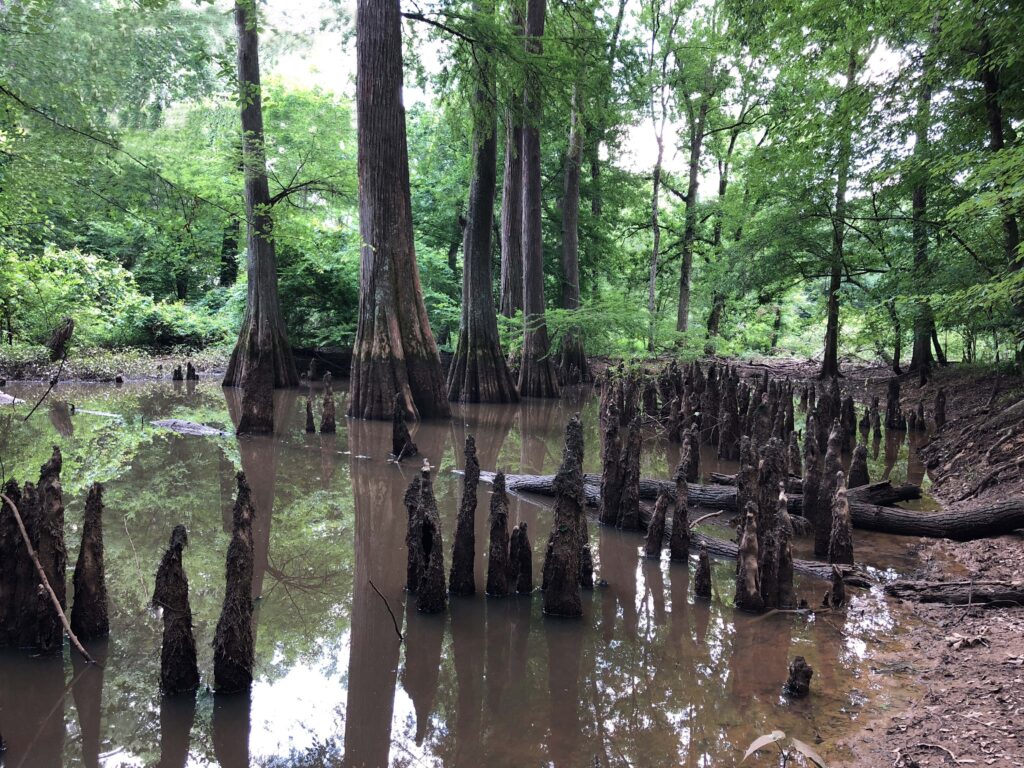
NALT is currently a member of National Environmental Banking Association, and we are uniquely equipped to take on mitigation-banking projects thanks to our experience and geographic reach. Many mitigation bankers own land across the country, and rather than having to seek out a local land trust for each mitigation site, we can provide what they need anywhere, whether that’s in a different state, jurisdiction or army corps district. This particular kind of easement is technically challenging, but NALT has crafted a well-developed, standard mitigation easement that reflects our 25 years of land-planning experience.
This past year in 2018, we worked with a mining company at the Yockanookany Mitigation Bank to conserve 1,303 acres along the Yockanookany River, just east of the Natchez Trace parkway in Attala and Leake Counties, Mississippi. While we have completed mitigation banking conservation projects in the past, this one marks our first jump into the world of landscape-scale mitigation banking, as well as our biggest step into Mississippi. As NALT Stewardship Director Steve Carter explains, “Compared to other banking opportunities, I’ve never seen a project of this size, both when it comes to the land that’s being restored and the acres dedicated to preservation, and that’s very exciting.” Of the wetland and riparian management areas devoted to restoration, 629 acres have been set aside as pure preservation.
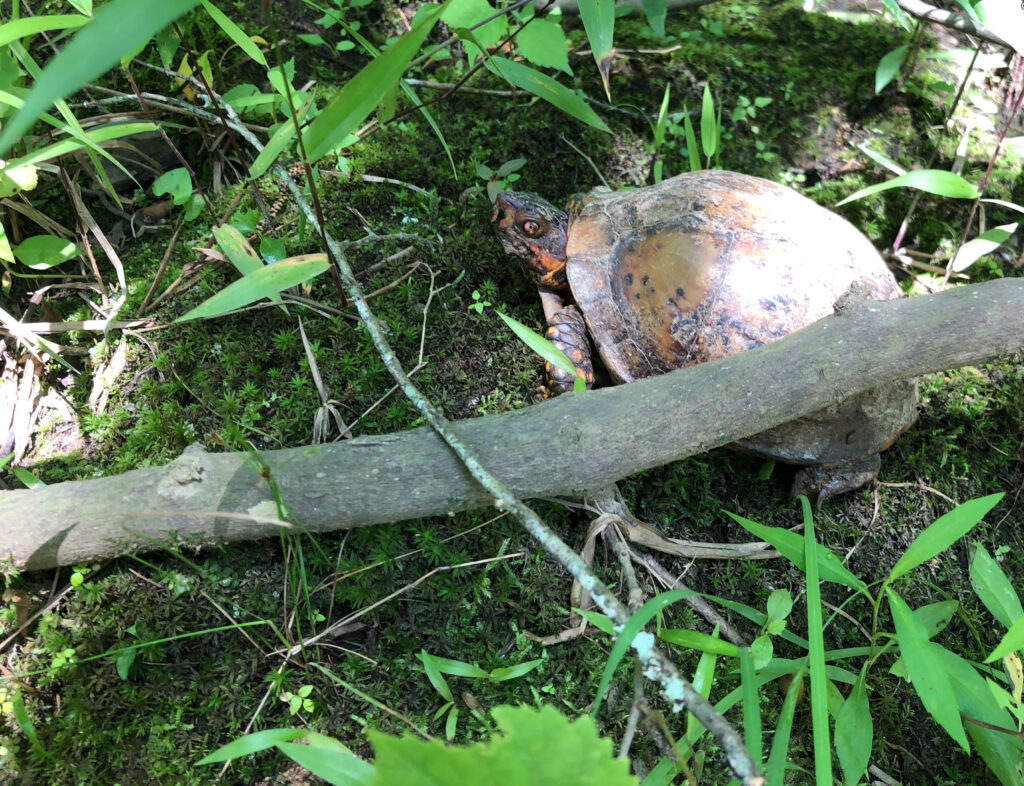
From a conservation standpoint, we are thrilled to be able to protect 82,793 linear feet of streams, 468 acres of riparian buffer wetlands and 781 acres of wetlands under easement. This area along the Yockanookany River is home to the little blue heron (Egretta caerulea) and the Louisiana Waterthrush (Parkesia motacilla), both of which are species of special status. NALT Wildlife Biologist Lauren Gingerella elaborates, “Numerous amphibians, reptiles, and birds, including the Eastern box turtle, Eastern narrowmouth toad, mud snake, Louisiana Waterthrush and river otter were observed in the Conservation Area, and there is the potential for considerably more.” This landscape also expands on the already protected area that is the Natchez Trace Parkway, a 444-mile recreational road and scenic drive that traverses both a variety of ecosystems and the historic travel corridor used by the Kaintucks Native Americans, European settlers, slave traders and soldiers.
As for NALT Senior Conservation Biologist Lee Echols, he is especially enthusiastic about this project, because “Almost half the Yockanookany Mitigation Bank is dominated by high quality, mature bottomland hardwood wetlands and riparian forest. These areas contain a trove of different plant communities that in turn support myriad wildlife species.”
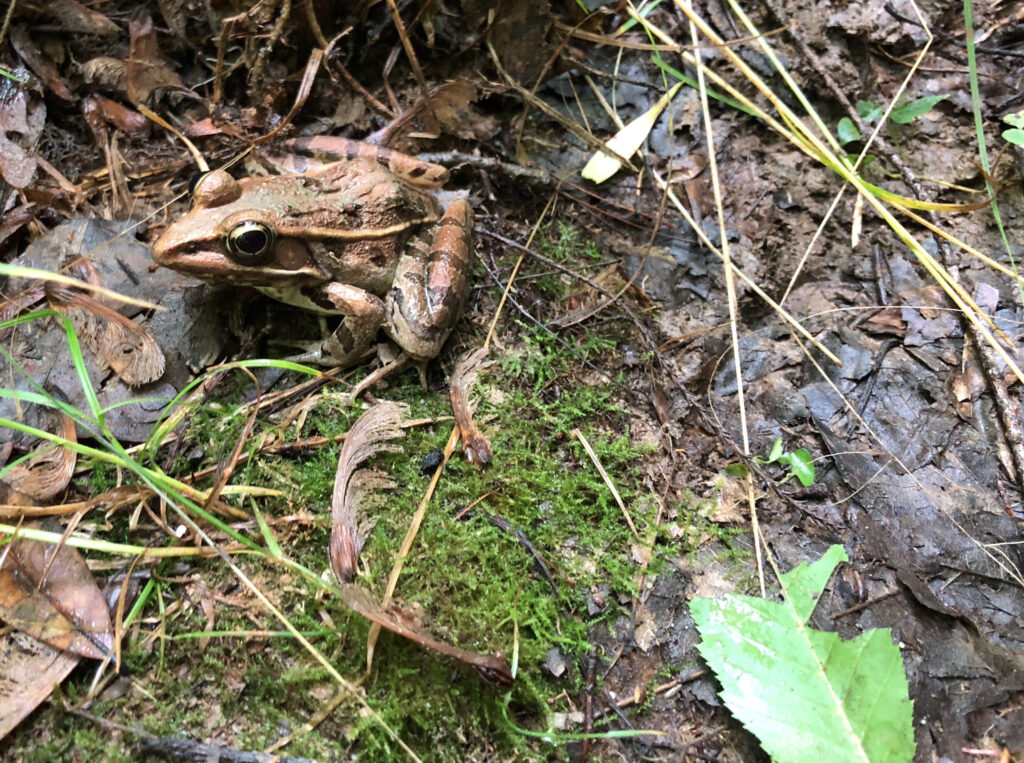
Despite companies doing their best to avoid and minimize their environmental footprint, the reality is that some impacts to nature are simply unavoidable, so mitigation is necessary. Here at NALT, we want to ensure that the mitigation that is required for these projects is handled with a conservation and appropriate land-planning mindset. In this particular project in Mississippi, “NALT found an incredible biological resource, and we are honored to be able to protect it along the with the significant stream and wetland areas being restored and enhanced within this bank,” says Echols. And as a result of our help as conservation easement holder and long-term steward, this mitigation bank was able to capitalize on this opportunity to generate revenue through mitigation banking. By taking this proactive approach with mitigation partners, together we can work to heal the land while continuing to protect what needs to be protected.
–By Monica McQuail


